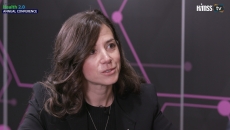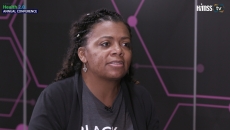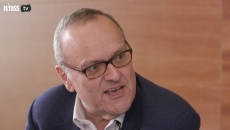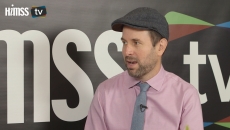HIMSS TV
Deep Dive: The second video of this four-part series on healthcare cybersecurity looks at the motivations behind healthcare cyberattacks and the specific prizes hackers are targeting.
Poppy Crum, chief scientist at Dolby Laboratories, talks about a future where ubiquitous sensors anticipate physical and mental health needs.
The goal of Health 2.0, the Personal Connected Health Alliance and other initiatives is to make leading-edge technology work for patients, says HIMSS Executive Director of Health Innovation Kerry Amato.
Sana Health wins the Health 2.0 VentureConnect award for its wearable therapeutic device that uses pulsed light and sound to reduce pain and potentially treat neurological conditions, says CEO Richard Hanbury.
Tech-driven connection to care can help reduce the elevated rates of maternal mortality across socioeconomic and racial lines, says Dr. Joia Crear-Perry, founder and president of the National Birth Equity Collaborative.
The strength of Infermedica's symptom checker is how it works with organizations' existing software and processes, says Business Development Manager Miłosz Wiciński.
Texas Health Resources has found that patient experience can be a constraining lens as health moves outside the hospital into the community, says Chief Experience Officer Winjie Miao.
Dr. Charles Alessi, chief clinical officer at HIMSS International, sees this as the year that health tech ideas coalesce toward a real sea change.
Steve Wretling, chief technology and innovation officer at HIMSS, discusses the importance of understanding the "why" to achieve a spectrum of innovation that is about solving the problem, and not just rolling out a tech-driven approach.
Journalist James Vlahos, contributor to Wired and other magazines, describes how Dadbot turned an oral history recorded with his terminally ill father into a conversational chatbot offering a sort of "digital afterlife."










